A Kodak Brownie No.2 Model F released in 1924.
(Photo:Wikimedia Commons, Public domain)This post may contain affiliate links.
If you make a purchase, My Modern Met may earn an affiliate commission.
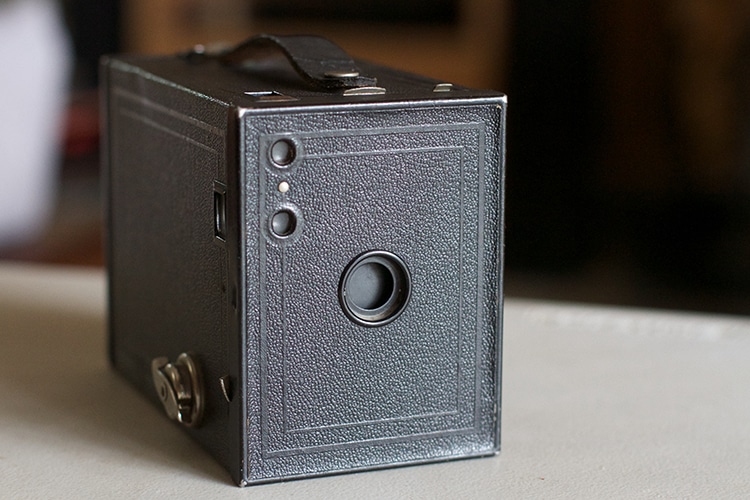
A Kodak Brownie No.2 Model F released in 1924. (Photo:Wikimedia Commons, Public domain)This post may contain affiliate links. If you make a purchase, My Modern Met may earn an affiliate commission. Please readour disclosurefor more info.
like readour disclosurefor more info.
The start of the 20th century marked the advent of popular personal photography.
The glass plate negatives and large format cameras were better suited to studio use than photography on the fly.
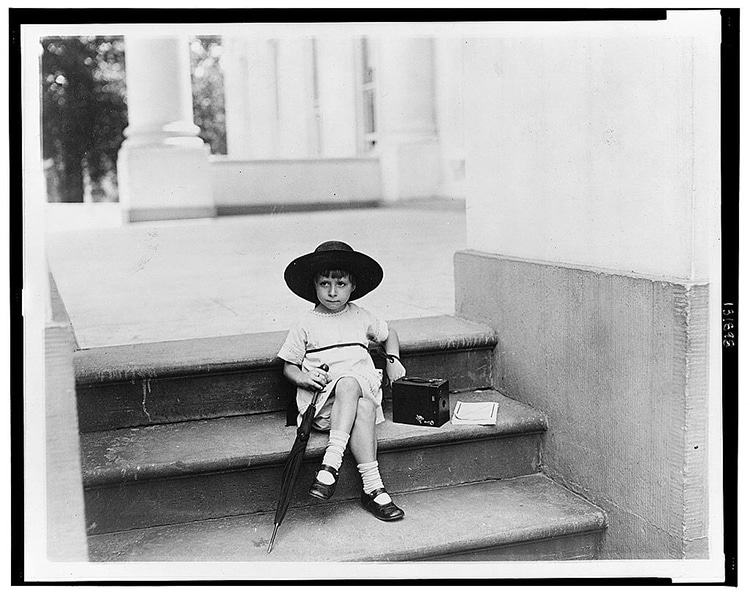
“Waiting for the President,” June 19, 1922. A girl referred to as “Little Miss Tarkington” waits with a Kodak Brownie box camera to take a picture of Warren G. Harding. (Photo:National Photo Company Collection/Library of Congress)
With years of expertise in crafting cameras and film, the company released the legendaryKodak Brownie camerain 1900.
This simple machine distilled the camera to its basic elements, making it cheap and easy to use.
With a powerful marketing push to amateursespecially youthKodak sold over 150,000 Brownie cameras in the first year of production.
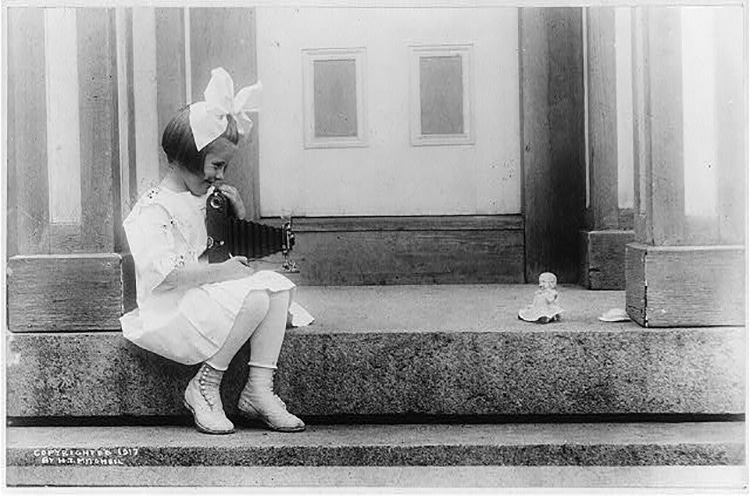
A young girl in 1917 with a folding Brownie camera, perhaps the No. 2 Autographic Brownie which was first released in 1915. (Photo:Library of Congress Prints and Photographs Division)
Over the next 70 years, Kodak built upon this success with countless new models and updates.
Millions of Brownie cameras of varying varieties were purchased and made photography an affordable part of everyday life.
Read on to learn more about the Kodak Browniethe camera which got the world hooked on photography.
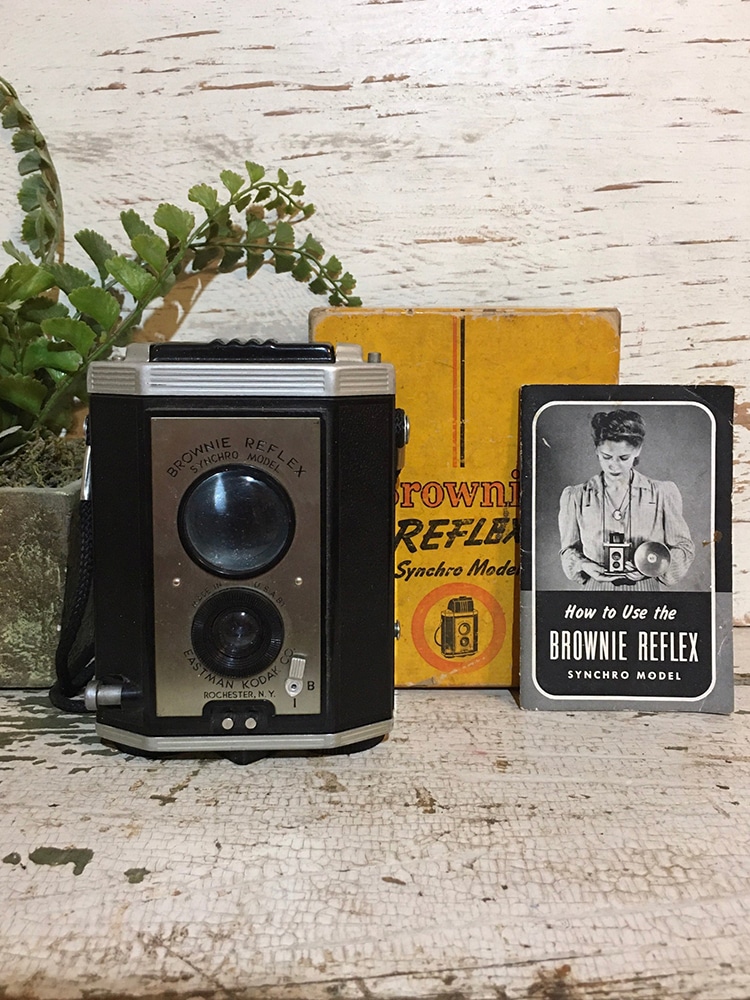
RabbitFlatsAntiques| $27
The Earliest Kodak Brownie Cameras
Waiting for the President, June 19, 1922.
The original Brownie sold for one dollar ($31 in 2021).
Theoriginal Browniewas produced in 1888 and released in February of 1900.
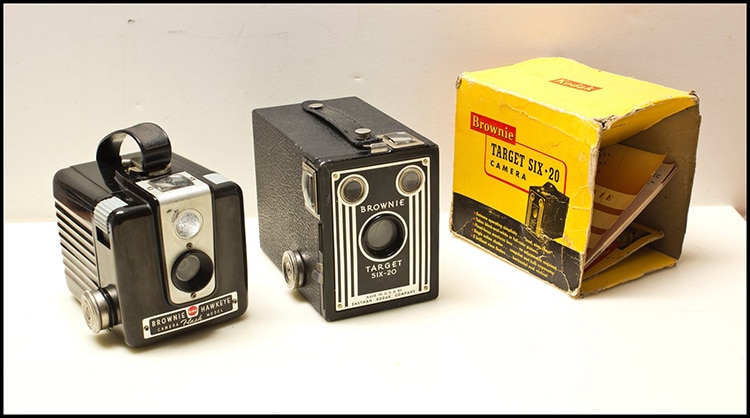
EastCoastOptics| $75.99
It’s an example of a box camera.
Many box cameras offered a tab that could be pulled to offer a smaller aperture for brighter light scenarios.
Behind the lens is a simple shutter mechanism.
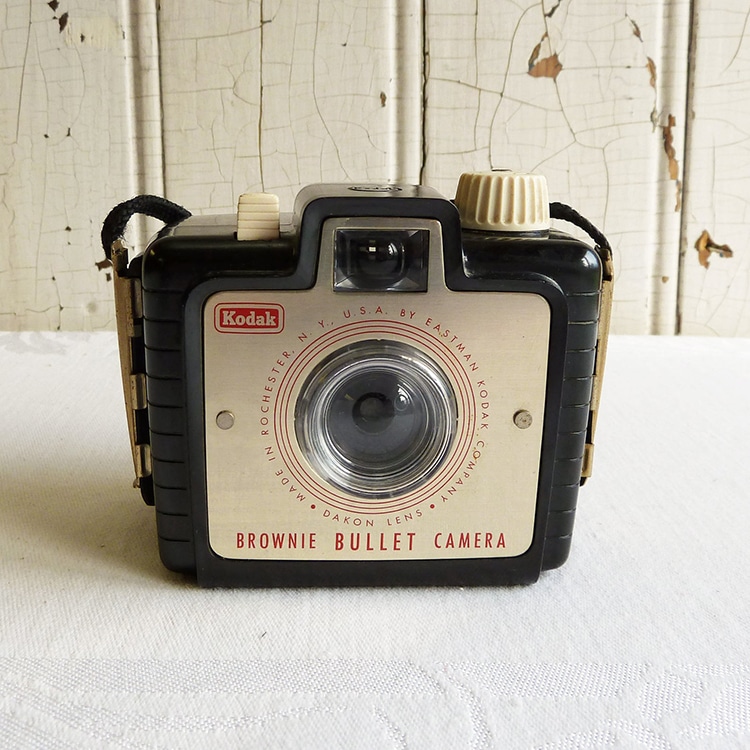
KitschyVintage| $22
Typically only one shutter speed was availableplus a bulb option to leave the shutter open.
Each exposure was made by pressing a lever on the side of the camera.
At the internal end of the box, the camera obscura effect exposed the loaded film.
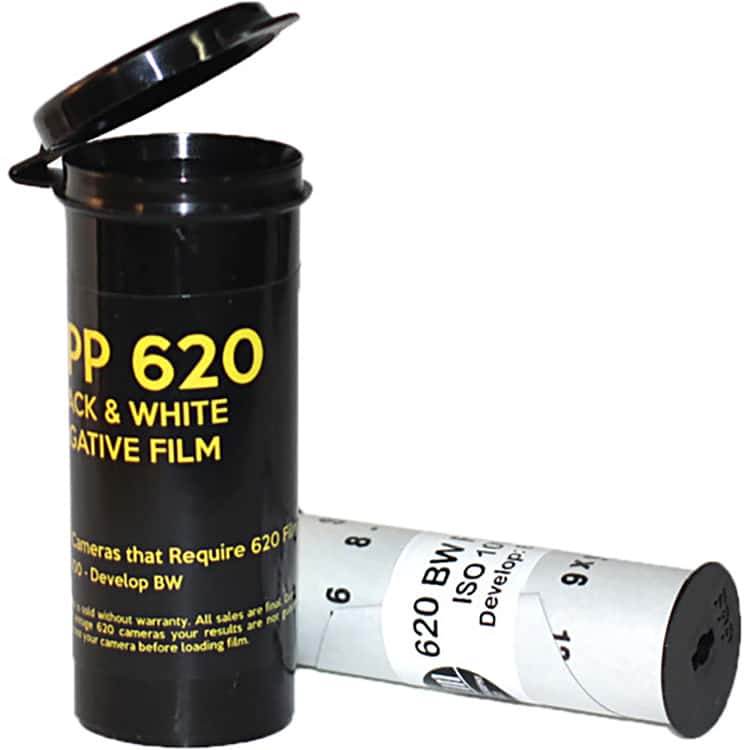
Film Photography Project| $13.99
A young girl in 1917 with a folding Brownie camera, perhaps the No.
2 Autographic Brownie which was first released in 1915.
Over time, new box shapes used different size films and produced varying sized negatives.
Kodak produced many versions of their box Brownie camera including thepopular No.
2, which introduced 120 film.
It debuted a line of folding cameras that used 120 film.
The folding pocket Brownies and autographic Brownies were produced for years and were very popular.
Most important was the synthetic plastic Bakelite.
Patented in 1909, an early Kodak Bakelite camera was the Baby Brownie.
This small gear was released in 1934 and used 127 film.
Like the box Brownie, the mechanism of the shutter, lens, and film advance was very simple.
Kodak got creative with their iconic plastic cameras of the Mid-Century period.
There are many varieties you could still find for cheap on Etsy, eBay, or at garage sales.
One fun example is the Brownie Reflex Synchro which was released in 1941.
This camera was in response to the popularity of twin-lens reflex cameras (TLRs).
The Bakelite body and mechanisms functioned much like the Baby Brownie and the box Brownies.
The Hawkeye used 620 film, a format developed by Kodak in 1931.
It is commonly thought this switch from 120 to 620 was a marketing ploy.
In short, it benefitted Kodak if all their cameras would only accept Kodak film.
KitschyVintage| $22
Many plastic Brownie models were also created for 127 filmslightly smaller than the 120 format.
Among these models were the Brownie 127, the Holiday Brownie, and the Brownie Bullet.
Once more, the simple mechanisms of the cameras offered ease of use but little sophisticated control.
(Some photo suppliers also carry film adapted to 127 cameras.)
you’re able to find them on Etsy, eBay, or antique stores.
You may even want to go through your relative’s attic, as almost everyone had a Brownie camera.
Because the cameras are mechanical, they often still work as new.
If so, you are off to a great start.
Making 127 film on your own is rather complex, but making 120 filmwork in 620 camerasis simple.
you could also re-roll it onto old 620 spools in a film-changing bag.
The magic of the snapshots produced by a Brownie camera holds true today.
If you approach the Brownie expecting vintage magic, you won’t be disappointed.